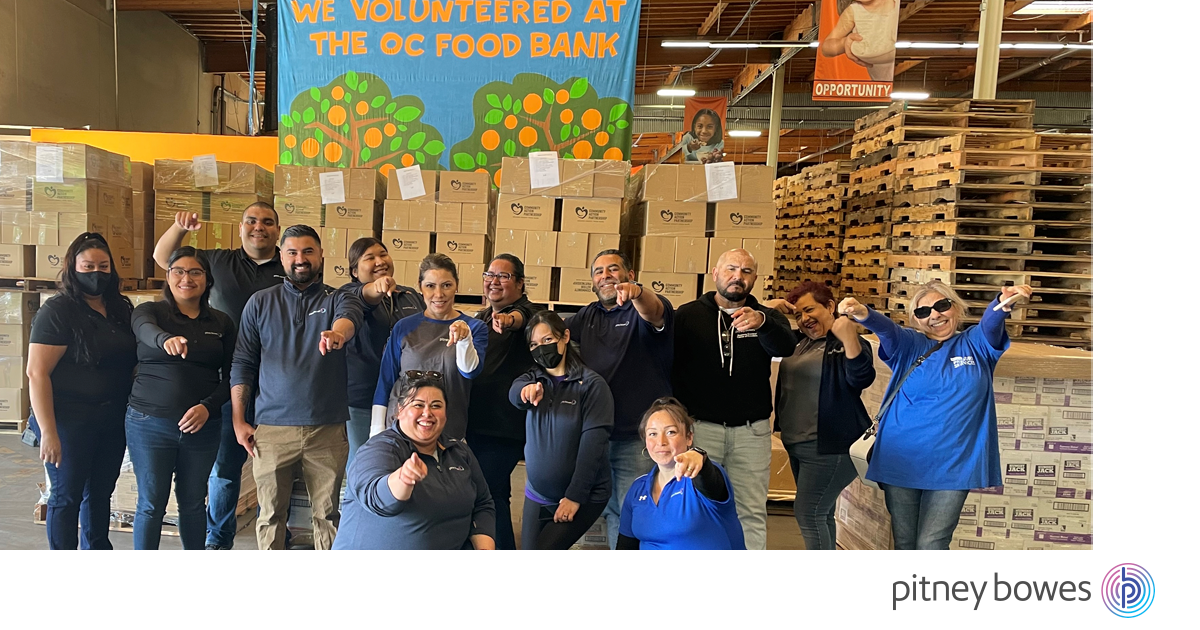Below is an article originally written by Polly O'Brien Morrow at Pitney Bowes. Go to Pitney Bowes's company page on PowerToFly to see their open positions and learn more.
Did you know that food insecurity impacts learning and education?
According to Feeding America, “research demonstrates that children from families who are not sure where their next meal may come from are more likely to have lower math scores and repeat a grade, among other challenges.” Children dealing with food insecurity may also miss school more frequently and are less likely to graduate from high school.
To help address this critical issue, Pitney Bowes encourages employees to support year-round food drives and other initiatives that support nutrition for children and their families, in ways including:
- Joining our network of volunteer champions who lead community activities for their teams
- Supporting a local food drive
- Becoming a food rescuer (in the US) with Food Rescue US
- Sharing information on resources to help anyone experiencing food insecurity
Some takeaways from our colleagues
Love, love, love that PB is offering ways for employees to help end hunger, especially for the young, developing minds! - Amy, Austin, TX, US
A great initiative that allows us to support and give back, especially when time can be difficult to provide. - Anthony, Macquarie Park, Australia

(Photo: From Presort Services, Rancho Dominguez, CA)
A quick primer on some of the differences between the different types of resources to help mitigate food insecurity:
- Food banks are non-profit organizations that collect and distribute food to hunger-relief charities in their communities
- Food pantries, soup kitchen and meal centers receive food from food banks and other sources to support individuals in need directly by providing meals and nonperishable foods
- Food drives often support food banks and food pantries
Visit our Careers page, and join our Talent Network to learn about job opportunities with Pitney Bowes.




